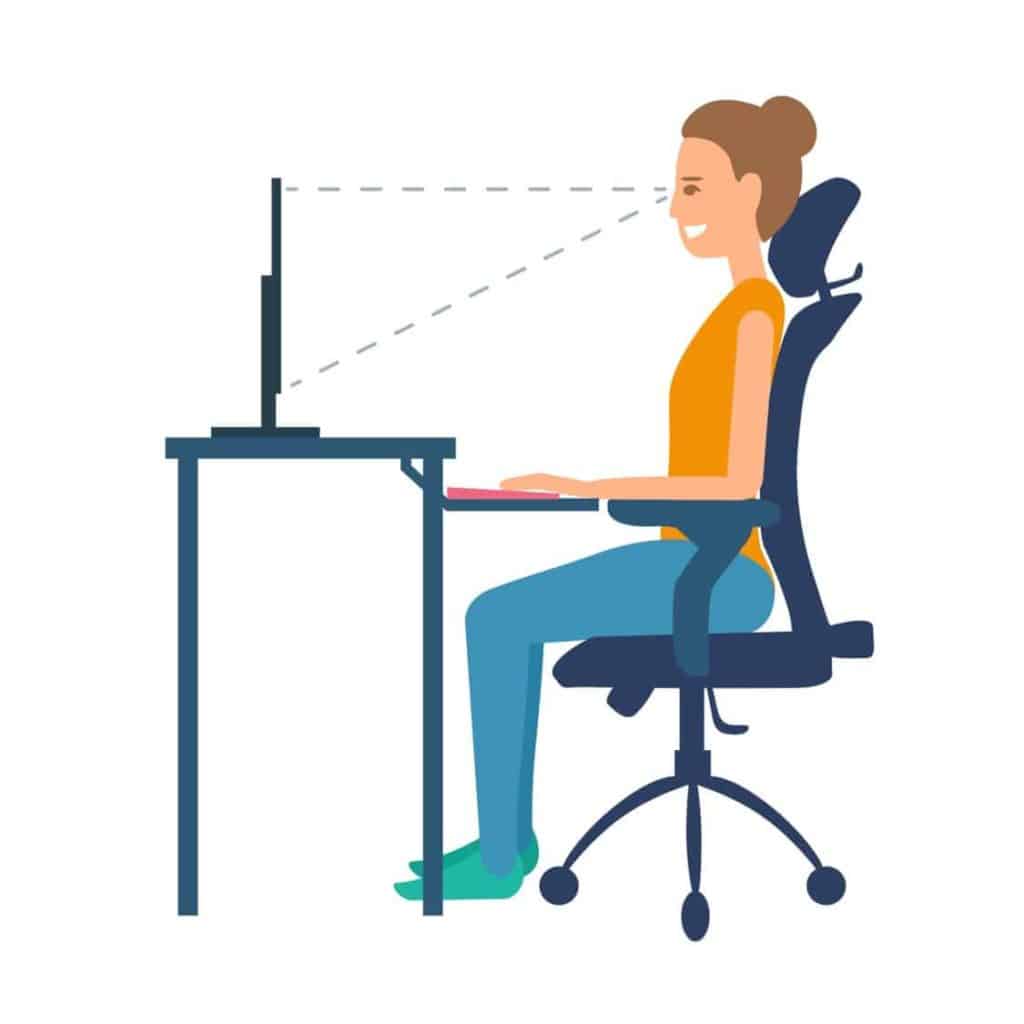According to Merriam-Webster, ergonomics is the science of designing an environment in a way that people interact with it efficiently and safely. This is something we do naturally in our personal lives.
Think of your television. It’s placed in an area where everyone can see it comfortably, no matter where they sit. You likely also tried to reduce glare from both natural and artificial light sources.
Workplace ergonomics follows similar practices. Here, though, the focus is on proper placement of the tools your employees use. At a minimum, this includes monitor, keyboard, chair, and mouse.
From an employer perspective, the main benefit of workplace ergonomics is your bottom line.
According to OSHA, musculoskeletal disorders account for around one-third of all workplace injuries and illnesses. They’re also one of the leading causes of “lost or restricted work time.”
Examples of MSDs include:

Like most workplace initiatives, an integrated approach works best. That means you involve both management and non-management employees in implementing an ergonomics program.
Start by getting management on board. They need to understand the “why” as well as their goals with implementation.
All employees need to understand the importance of ergonomics. That most likely means training on:
It’s important to know that, when it comes to ergonomics, posture is not about “back straight, chest out” or whatever you learned in school. It also isn’t about doing whatever feels comfortable. When we talk about posture in ergonomics, we mean the proper alignment of back, neck, and shoulders.
The following steps help promote healthy posture:
Two habits play a large role in MSDs, lower back pain, and circulation issues: Long periods of holding the same position and repetitive movements.
To combat these dangers, encourage employees to change position frequently. This may mean walking a couple of laps around the office every hour or so, or maybe walking up and down the stairs. It could just be standing in their cube to do a few stretches.
Another good idea is alternating tasks. Even desk workers occasionally have to do some filing, make copies, or send a fax. Encourage workers to get up and walk to each other’s office or cubicle instead of sending an email or calling. There are numerous ways to incorporate more physical activity into the workday without impeding productivity. Try asking your employees for more ideas.
Southwest Office Furniture offers an incredibly diverse inventory of new and used office chairs, desks, cubicles, and more. Call 602.476.2455 to learn more.
© 2025 Southwest Office Furniture | All rights Reserved. 1501 E Jackson St, Phoenix, AZ 85034